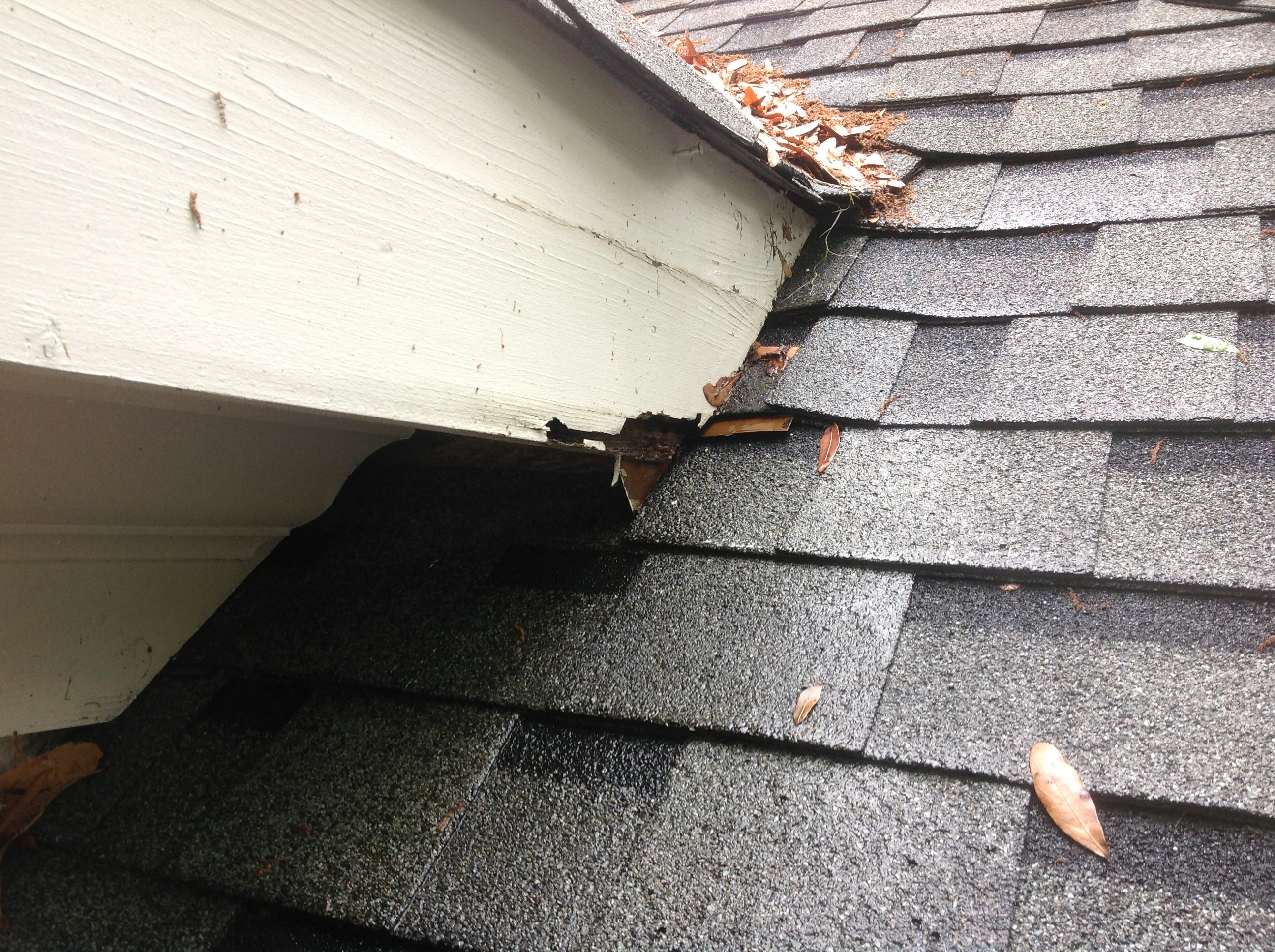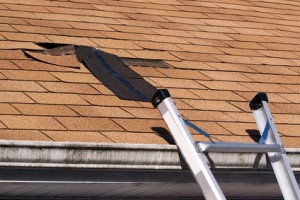Oahu Roofing: Comprehensive Roofing Services in the Oahu Area
Understanding the Different Sorts Of Roofings: A Comprehensive Overview for Homeowners
With an array of choices-- ranging from the standard gable to the contemporary level-- each type presents one-of-a-kind benefits and difficulties that should straighten with the house owner's environmental factors to consider and particular needs. As we discover the ins and outs of various roof covering kinds, it comes to be obvious that one size does not fit all; the ideal choice might amaze you.
Gable Roofing Systems
Gable roof coverings, defined by their triangular form, are among the most popular roof designs because of their simpleness and efficiency in shedding water and snow. This style includes two sloping sides that satisfy at a ridge, allowing for reliable drainage and lessening the risk of water build-up. The high pitch typically connected with saddleback roofs boosts their ability to manage hefty rainfall, making them appropriate for numerous climates.
In addition to their useful advantages, gable roofs use visual versatility. They can be adapted to numerous architectural styles, from standard to modern-day homes. The design can likewise suit added features such as dormer windows, which improve all-natural light and air flow in the attic room space.
Furthermore, saddleback roofs give ample space for insulation, adding to energy efficiency. House owners can pick from a variety of roof materials, including asphalt roof shingles, metal, and ceramic tiles, further improving modification choices.
In spite of their benefits, saddleback roofs might need added assistance in locations susceptible to high winds or heavy snowfall. On the whole, the saddleback roof stays a favored choice as a result of its mix of capability, durability, and visual allure.
Apartment Roofs
Flat roofing systems are often identified for their minimal style and sensible applications, especially in industrial and industrial settings (oahu roofing). These roofing systems feature a straight or nearly horizontal surface area, which enables for simple building and construction and flexible area application. While they may lack the visual charm of pitched roofs, level roofings provide numerous benefits, specifically in city atmospheres where optimizing area is essential
Among the key benefits of level roofings is their ease of access. Home owners can make use of the roof area for various objectives, such as rooftop gardens, balconies, or solar panel setups. Additionally, level roof coverings are commonly a lot more cost-effective to maintain and install contrasted to their sloped equivalents, as they need less materials and labor.
Usual products used for level roofs include built-up roofing (BUR), modified bitumen, and single-ply membranes, each offering distinctive advantages. On the whole, level roof coverings offer as a useful and adaptable selection for several homeowners and companies alike.
Hip Roofings
Hip roofing systems are characterized by their sloped sides that merge on top, forming a ridge. This layout stands out from gable roof coverings, as all 4 sides of a hip roofing incline downwards toward the wall surfaces, giving a much more steady structure. The angle of the slopes can vary, allowing for versatility in building aesthetics and capability.
Among the main advantages of hip roof coverings is their capacity to hold up against hefty winds and unfavorable climate condition. The sloped surface areas enable better water drain, minimizing the risk of leakages and water damage. Additionally, hip roofing systems offer boosted attic room, which can be used for storage or even transformed into comfortable areas.
However, constructing a hip roofing can be much more intricate and expensive than simpler weblink roofing types, such as saddleback roofs. The extra product and labor associated with creating the inclines and ensuring appropriate architectural stability can lead to greater expenditures. In spite of these downsides, many home owners favor hip roofings for their resilience, visual page charm, and potential for energy effectiveness.
Mansard Roofs
Mansard roofing systems, usually identified by their distinct four-sided style, attribute two slopes on each side, with the lower slope being steeper than the top. This building design, originating from France in the 17th century, is not just aesthetically attractive however useful, as it optimizes the useful space in the upper floorings of a structure. The high reduced incline enables more headroom, making it an optimal selection for lofts or attics, which can be transformed right into living areas.
Mansard roofing systems are identified by their convenience, accommodating various architectural designs, from standard to modern-day. They can be built with various products, including asphalt tiles, slate, or steel, giving home owners with a variety of choices to match their choices and budget plans. Additionally, the layout permits the combination of dormer home windows, boosting all-natural light and ventilation in the top degrees.
Nonetheless, it is necessary to consider the prospective disadvantages. Mansard roofing systems may require more maintenance due to the intricacy of their layout, and their high slopes can be challenging for snow and rain runoff. In general, mansard roof coverings integrate elegance with practicality, making them a popular selection amongst home owners looking for unique architectural attributes.
Shed Roofs
As property owners increasingly look for simplicity and functionality in their building layouts, dropped roofs have actually become a popular choice. Identified by a solitary find sloping plane, a shed roof covering provides a minimal aesthetic that complements different home styles, from modern to rustic.
Among the primary benefits of a shed roof covering is its straightforward building and construction, which usually equates to decrease labor and product costs. This style permits effective water drainage, decreasing the danger of leakages and water damage. Additionally, the upright slope offers adequate room for skylights, enhancing all-natural light within the interior.
Dropped roofings additionally offer flexibility in terms of usage. They can be successfully incorporated right into additions, garages, or outdoor frameworks like structures and sheds. In addition, this roofing design can fit various roof materials, consisting of steel, asphalt roof shingles, or also green roofing systems, lining up with green initiatives.
Nevertheless, it is vital to consider regional climate problems, as hefty snow loads may require modifications to the roofing system's angle or structure. In general, shed roofing systems provide a useful and visually pleasing alternative for home owners wanting to make best use of capability without jeopardizing style.
Conclusion


Gable roofs, characterized by their triangular form, are amongst the most prominent roofing styles due to their simplicity and performance in losing water and snow. oahu roofing. The high pitch commonly connected with gable roofing systems enhances their ability to manage heavy precipitation, making them suitable for various climates
While they may do not have the aesthetic appeal of pitched roofs, level roof coverings offer countless benefits, particularly in urban atmospheres where optimizing area is essential.
